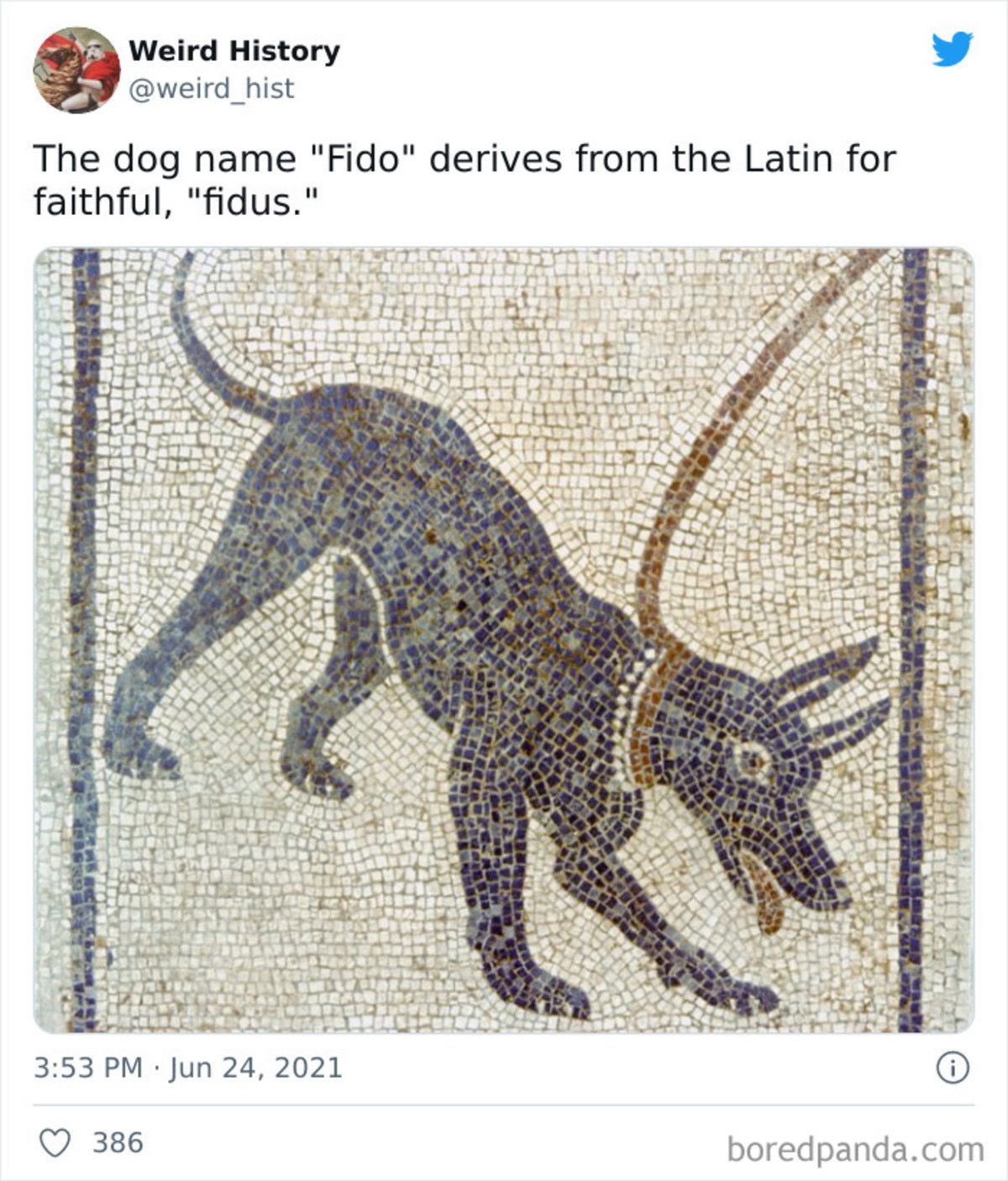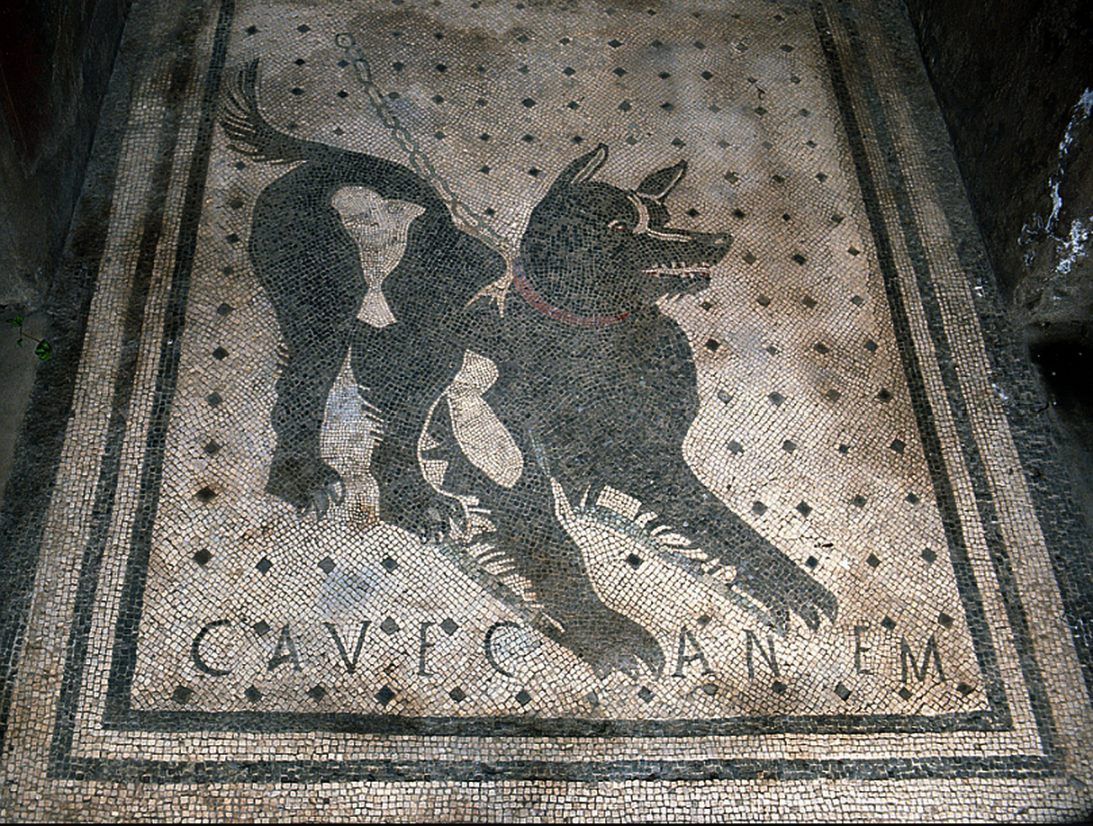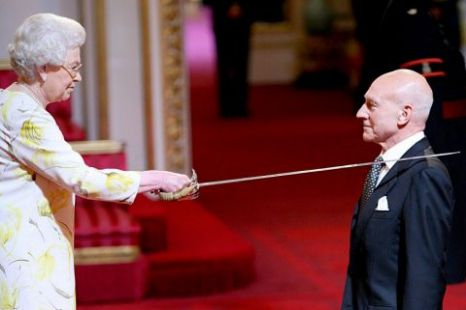Mildly interesting
-
-
In a clickbaity list of Top 30 Films of All Time, the movie All Quiet On the Western Front is presented as "one of the best anti-war movies of all time. The story revolves around the German’s efforts to prepare for World War I. This controversial film was banned in Germany because of its propaganda." The Mildly Interesting bit: "Film theater owners also reportedly released rats in their theaters to discourage people from seeing it."
-
In a clickbaity list of Top 30 Films of All Time, the movie All Quiet On the Western Front is presented as "one of the best anti-war movies of all time. The story revolves around the German’s efforts to prepare for World War I. This controversial film was banned in Germany because of its propaganda." The Mildly Interesting bit: "Film theater owners also reportedly released rats in their theaters to discourage people from seeing it."
-
@jon-nyc said in Mildly interesting:
Looks great… Until one gets off the track and you have to fix it…
-
@George-K said in Mildly interesting:

And another interesting fact, that dog mosaic is from Pompeii, where the remains of dog were found in the house.
In another house was the worlds first “beware of the dog” sign.

Cave Canem. Beware of the dog.
Pompeii taught us that people are just the same two thousand years later.
-
From a doctor friend’s FB:
Levetiracetam, Adalimumab and Domperidon—these all hove two things in common. They are prescribed medications and they are very difficult to pronounce. So why are medication names so difficult to pronounce and their generic name is an alien language? And where do these names come from?
Pharmaceutical names (the generic name) are assigned according to a scheme in which specific syllables in the drug name (called stems) convey information about the chemical structure, action, or indication of the drug. But brand names are strange because they must be.
If it seems as if drug names have been getting weirder, it’s because, in some cases, they have. And they’re likely to continue to, as the FDA approves new medicines at record rates, and regulations require a certain degree of differentiation from both other drugs and recognizable words—in any language.
The more drugs that come out every year, the more novel the names need to be. For example, drug names use the letter Q three times as often as words in the English language. For Xs, it’s 16 times as much. Zs take the cake, at more than 18 times the frequency you’d find them in English words.
Only about 10 percent of drug brand names had four syllables in 2010, but now have grown to 15 percent, as drugmakers search for ever-unique names. As for five-syllable drug names? They’re coming. Take Jentadueto, a combination of two diabetes products sold by Boehringer Ingelheim and Eli Lilly.
Since the FDA requires a unique name for the drug and have to make sure the name is proprietary, can be protected and isn’t overlapping or on top of an existing name. To add still another layer, drug companies have to beware of whether their brand names mean anything in any other language. Tecfidera was almost called Panoplin but it had to go, ultimately, because it was closely tied to terminologies in Nordic countries and Italy.
Some brand names come about because of what they treat or because of a color. For those reasons, the naming process can start with hundreds or even thousands of names. Those then get whittled down to a handful that may be submitted for regulatory approval. The whole process can take from a few months to a few years; full legal screens can take six months.
The days of simple names like Viagra and Prozac are quickly disappearing. So as the new strange sounding drugs name appear, you can tell your friends you know why.
More useless information just because I wanted to know more.
-
From a doctor friend’s FB:
Levetiracetam, Adalimumab and Domperidon—these all hove two things in common. They are prescribed medications and they are very difficult to pronounce. So why are medication names so difficult to pronounce and their generic name is an alien language? And where do these names come from?
Pharmaceutical names (the generic name) are assigned according to a scheme in which specific syllables in the drug name (called stems) convey information about the chemical structure, action, or indication of the drug. But brand names are strange because they must be.
If it seems as if drug names have been getting weirder, it’s because, in some cases, they have. And they’re likely to continue to, as the FDA approves new medicines at record rates, and regulations require a certain degree of differentiation from both other drugs and recognizable words—in any language.
The more drugs that come out every year, the more novel the names need to be. For example, drug names use the letter Q three times as often as words in the English language. For Xs, it’s 16 times as much. Zs take the cake, at more than 18 times the frequency you’d find them in English words.
Only about 10 percent of drug brand names had four syllables in 2010, but now have grown to 15 percent, as drugmakers search for ever-unique names. As for five-syllable drug names? They’re coming. Take Jentadueto, a combination of two diabetes products sold by Boehringer Ingelheim and Eli Lilly.
Since the FDA requires a unique name for the drug and have to make sure the name is proprietary, can be protected and isn’t overlapping or on top of an existing name. To add still another layer, drug companies have to beware of whether their brand names mean anything in any other language. Tecfidera was almost called Panoplin but it had to go, ultimately, because it was closely tied to terminologies in Nordic countries and Italy.
Some brand names come about because of what they treat or because of a color. For those reasons, the naming process can start with hundreds or even thousands of names. Those then get whittled down to a handful that may be submitted for regulatory approval. The whole process can take from a few months to a few years; full legal screens can take six months.
The days of simple names like Viagra and Prozac are quickly disappearing. So as the new strange sounding drugs name appear, you can tell your friends you know why.
More useless information just because I wanted to know more.
@Ivorythumper when intravenous acetaminophen came on the market it was given a rather strange trade name: Ofirmev.
When the drug
sales-weaselrep was bribing us with lunch to push our use of it, I asked him about the rather odd sounding name. He told me, without as much detail, the same thing. The FDA is very sticky about names, and his company just asked a computer to come up with something that would get approved.Some brand names come about because of what they treat or because of a color
A great example is "Dolobid." It was an analgesic to control pain ("dolor") and you took it twice a day ("b.i.d.").
-
Panama red is four syllables
Acapulco gold is five
Never stopped the stoners….
-
More at: https://anglotopia.net/british-identity/dub-thee-get-knighthood-modern-era/

"During Medieval times, becoming a knight was a method of social mobility. Beginning as a page, then moving up to squire, and finally becoming a knight. The position was one that was granted for service to a monarch, almost always for military service. Knights became their own social class, though still divided between noble and non-noble knights, and developed their own code of honour known as chivalry. Knights as a military order began to die out around the 15th Century when nations started to form professional armies. Since this time, what it means to be a knight and how one achieves this honour has changed."

